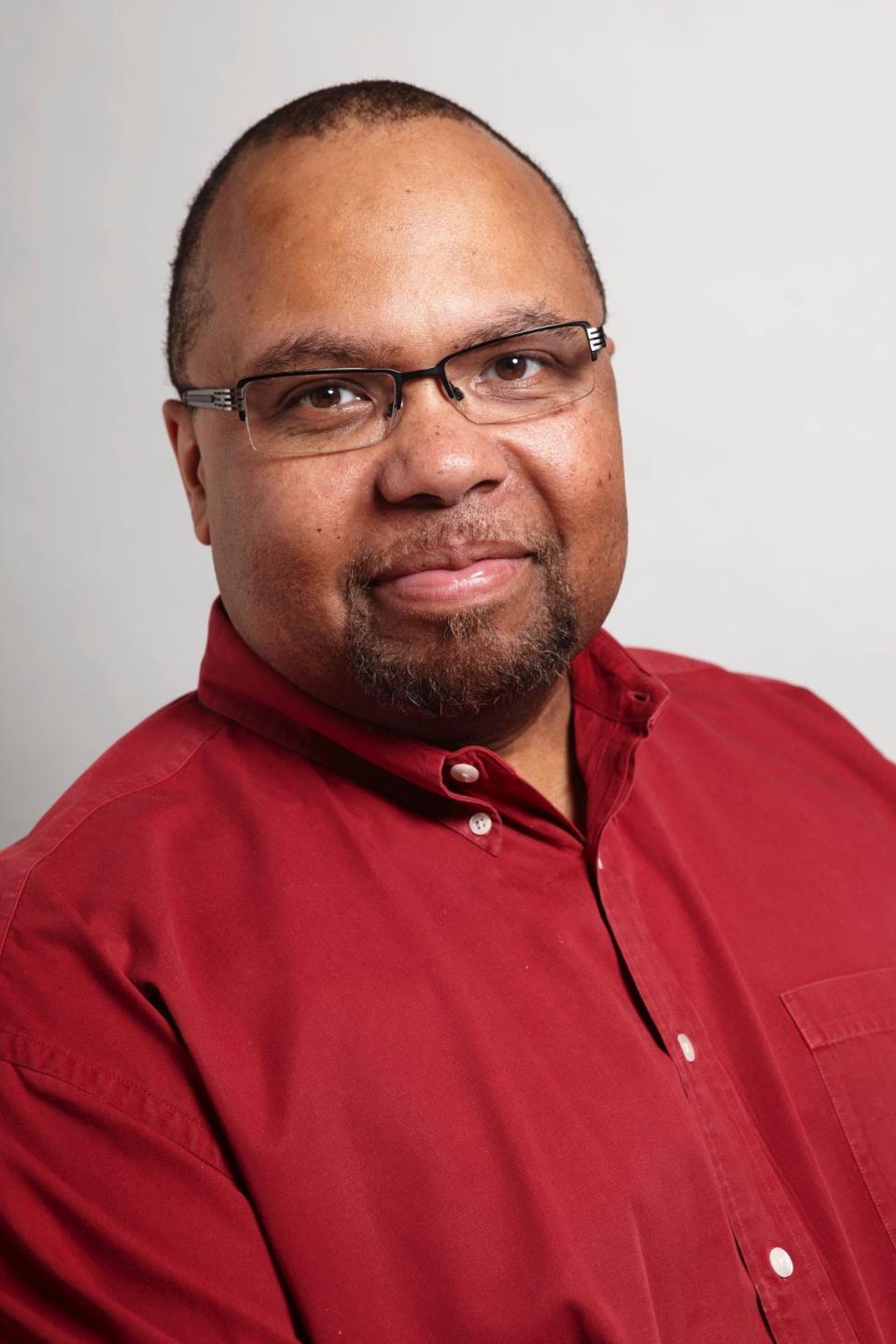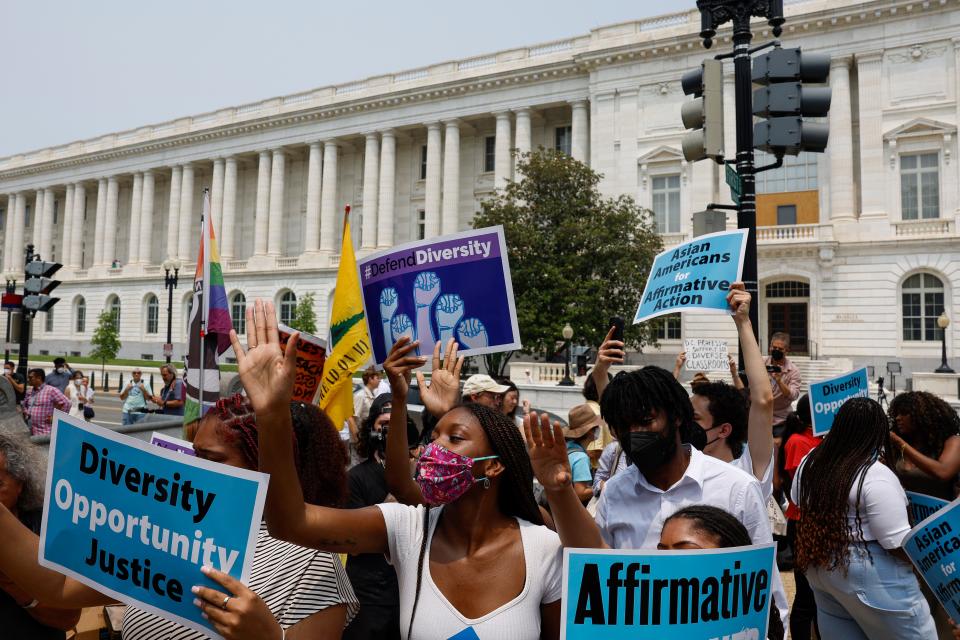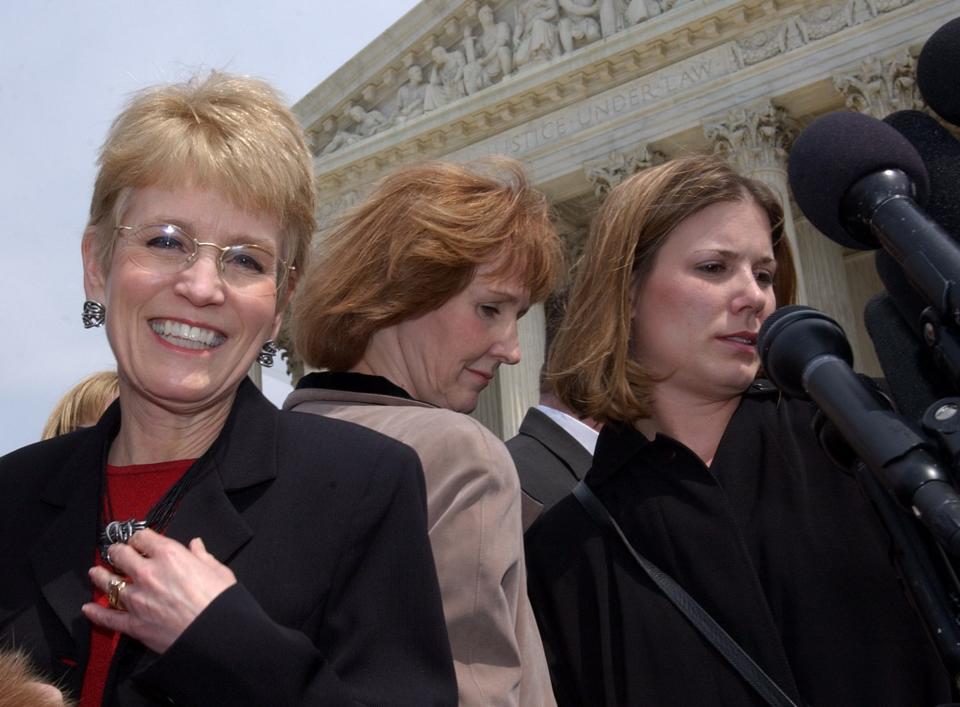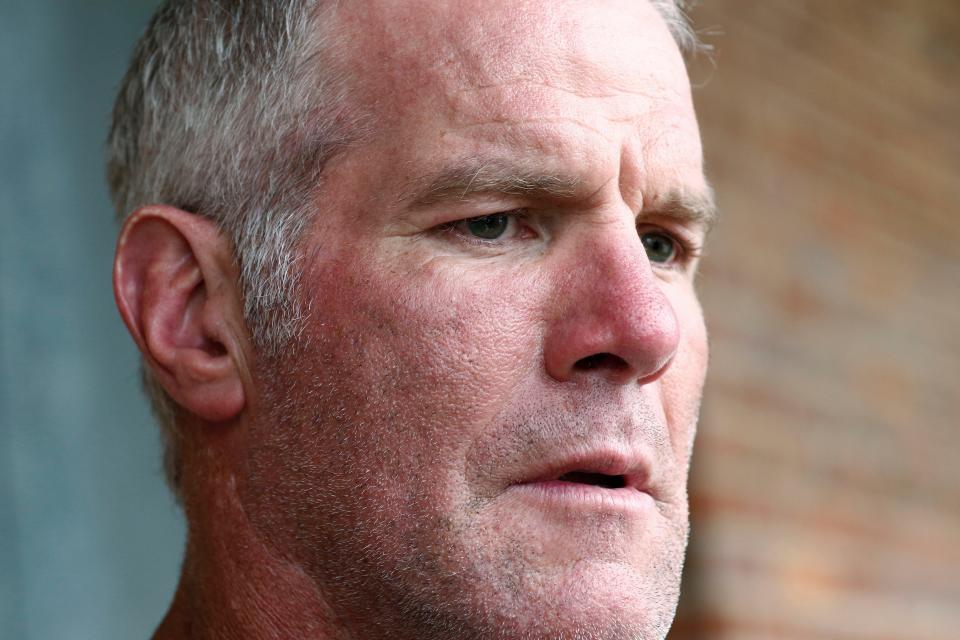Opinion: U.S. Supreme Court affirmative action decision dismantles progress toward justice
I am a proud beneficiary of affirmative action programs. I don’t think it makes my achievements less remarkable, or somehow paints me as inferior. I know I earned everything I’ve accomplished in life through the skills and training I was able to access.
I say that because I know of the obstacles that stood in my parents and grandparents’ way. Insufficient or incomplete schooling. Discriminatory hiring practices. Racist lending practices. Redlining of Black neighborhoods that weakened the worth of Black homeownership and destroyed the generation of wealth. No access to government programs, such as the GI Bill, designed to help people get back on their feet.
Affirmative action was established to work around inherent bias in decision-making that prohibited African-Americans, women and members of other marginalized communities from having a fair shot at achieving their life’s potential. You know, that inalienable right to “the pursuit of happiness” we talk about every July 4. Affirmative action was never meant to eliminate bias from the system. That would require a solution aimed directly at the root cause, the biased people in charge of making the decisions.

The U.S. Supreme Court's decision last month to bar the use of affirmative action in admissions decisions at two prestigious universities is the latest move to dismantle programs intended to remedy longstanding racial inequity.
Tools, and half measures
I was born in 1962. Before I graduated from first grade, several important pieces of public policy were enacted that fundamentally shaped the difference between the opportunities I was fortunate to have, that my parents and grandparents didn't.
The Civil Rights Act of 1964, the Voting Rights of 1965 and the Fair Housing Act of 1968 established an atmosphere of redress for centuries of harm inflicted on Black people in this country. More aggressive and far-reaching than the Reconstruction Period, that atmosphere created a window of opportunity that had never existed before — an interest in tackling the root causes of discrimination. But reality set in, or a fear of upsetting the status quo. Although these programs were designed to address more than 300 years of discrimination written into this country’s laws and social fabric, they sometimes were only half measures. Affirmative action was one of these remedies.

Any advantage I received from affirmative action was nothing but a small installment payment for decades of public and private policies that hampered my family from acquiring the skills they needed to achieve on their own, creating wealth they could pass down to my brother and me.
Instead, they had next to nothing. I received $500 from my grandparents during my freshman year of college. That money went to cover the cost of textbooks for the fall and winter semesters. That’s it.
Before affirmation action was banned here in Michigan, the University of Michigan had a Black enrollment of 9%. That is a pathetic number, considering the state’s other top four-year universities recorded almost twice that number during the same period. Today, it’s been cut in half to 4.3%, similar to the level of Black enrollment in 1954. At best, affirmative action helped a few people like me break through the barriers placed in their way. It’s given a helping hand to people who had the potential and drive, but not the financial resources, for college. As it is now, a student’s access to financial resources is a better way to gauge who gets in and who doesn’t.

A different kind of advantage
President George W. Bush went to Harvard not because he was an excellent student, but because his father and grandfather had gone there before him. It’s called a legacy admission. He’s joked publicly about his poor academic skills, and stated that despite that, he still became president.
The daughter of Hall of Fame quarterback Brett Favre went to his alma mater, the University of Southern Mississippi, on a volleyball scholarship funded partly by a $130,000 donation from her father. At the same time, Favre was implicated in a scandal in which $5 million in state welfare funds were diverted to USM to build a volleyball stadium where his daughter played.

This, too, could be called a legacy admission. The diversion of public funds to build the volleyball stadium resulted in criminal charges more than one participant in the arrangement.
Finally, the daughters of “Full House” star Lori Loughlin and “Desperate Housewives” star Felicity Huffman were enrolled in the University of Southern California and Carnegie Mellon University, respectively, because their parents paid to falsely depict the athletic and academic achievements of their children.
This, too, was a crime.
The unqualified have always been admitted to a college or political office based on a famous family name or celebrity status, or because their families could simply use money to overcome mediocrity. In fact, at Harvard, one of the schools named in the Supreme Court case, 43% of white students are either legacy admissions, athletes or related to a donor or staff member. That discriminatory admission policy didn’t end with the Supreme Court decision last week. The colorblind society the six conservative justices want us to believe we live in doesn’t exist, because whiteness and wealth have always won the day. What did change with their decision — what has been slowly changing for more than forty years — is the willingness to redress the harms of the past with initiatives designed to foster more significant equity.
Fighting for what matters
A qualified Black student who was admitted to a university through affirmative action has never stopped any eligible Asian American student from also being accepted. A mediocre white student with influence did that. But the perception of affirmative action’s impact, shaped by those who schemed to end it, pits one community of color against another, keeping attention off the reality of racial bias in America. Division is a tool used to sustain white dominance, and hold on to the reins of power that are slipping away with each new census study.
As our nation becomes more diverse, some Americans are becoming more intolerant and insensitive to differences. Bans towards people of certain religions and nations of origin have been prescribed as an approach to immigration. Intentional cruelty permeates our law enforcement, education and economic policies. It’s possible America in 2023 could make America in 1923 look like an oasis of progressiveness. As an artist, and as a beneficiary of affirmative action, I cannot sit by and let that happen.
Plowshares Theatre Company, where I am the producing artistic director, was founded on a social justice mission. We give a stage to stories that never had one, and amplify voices that would otherwise be silent. In light of these recent events, we will redouble our efforts to be a place where issues of equity, diversity and progressive change will be presented without filter or compromise.
I owe it to my grandchildren and great-grandchildren that they should not have to live in a world with fewer freedoms than my grandparents and great-grandparents had. We have to fight for the principles this country was founded upon, even if this country has forgotten what they are.
Gary Anderson is the producing artistic director at Plowshares Theatre Company.
This article originally appeared on Detroit Free Press: Opinion: Supreme Court affirmative action decision sets US back

